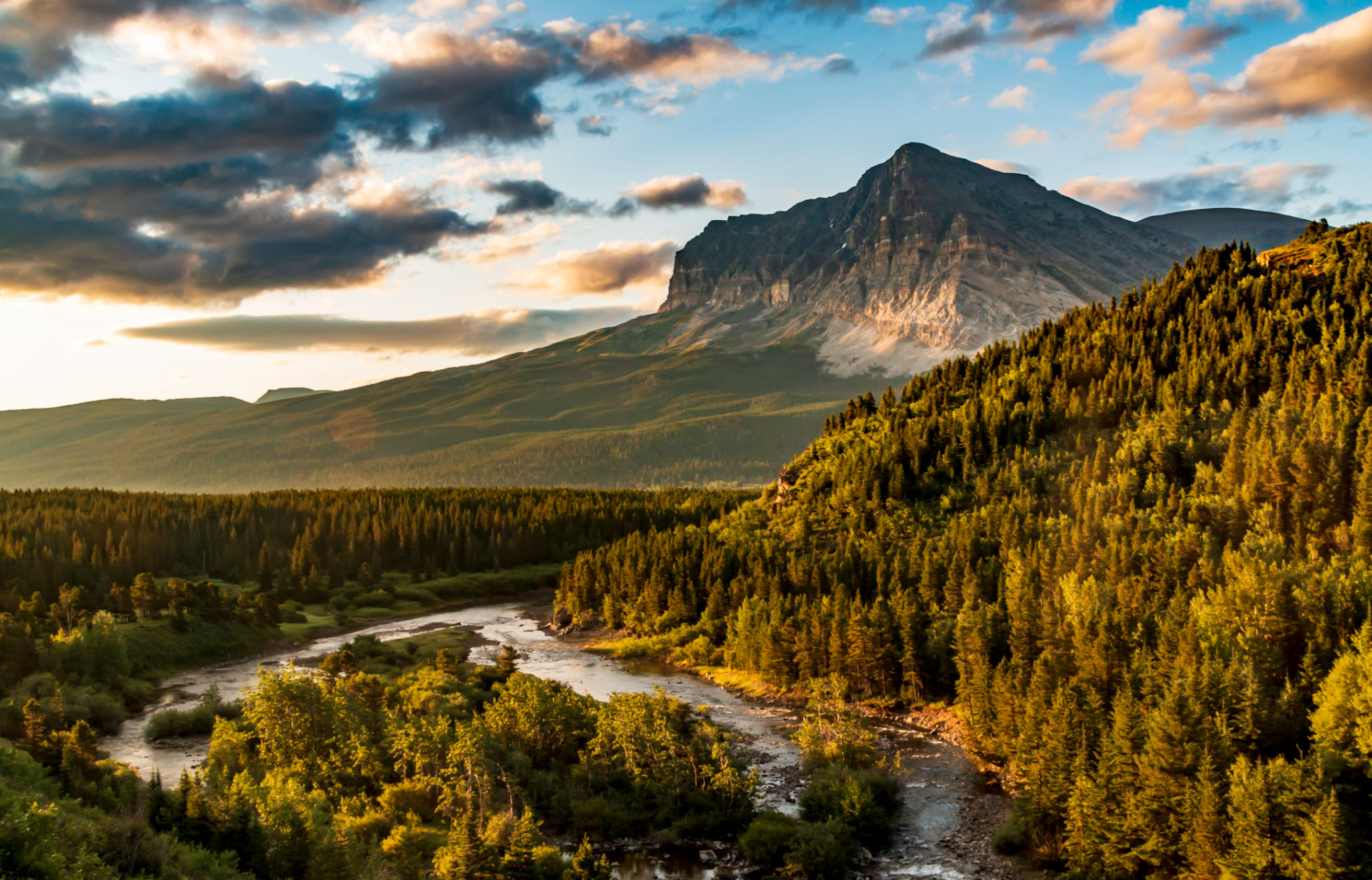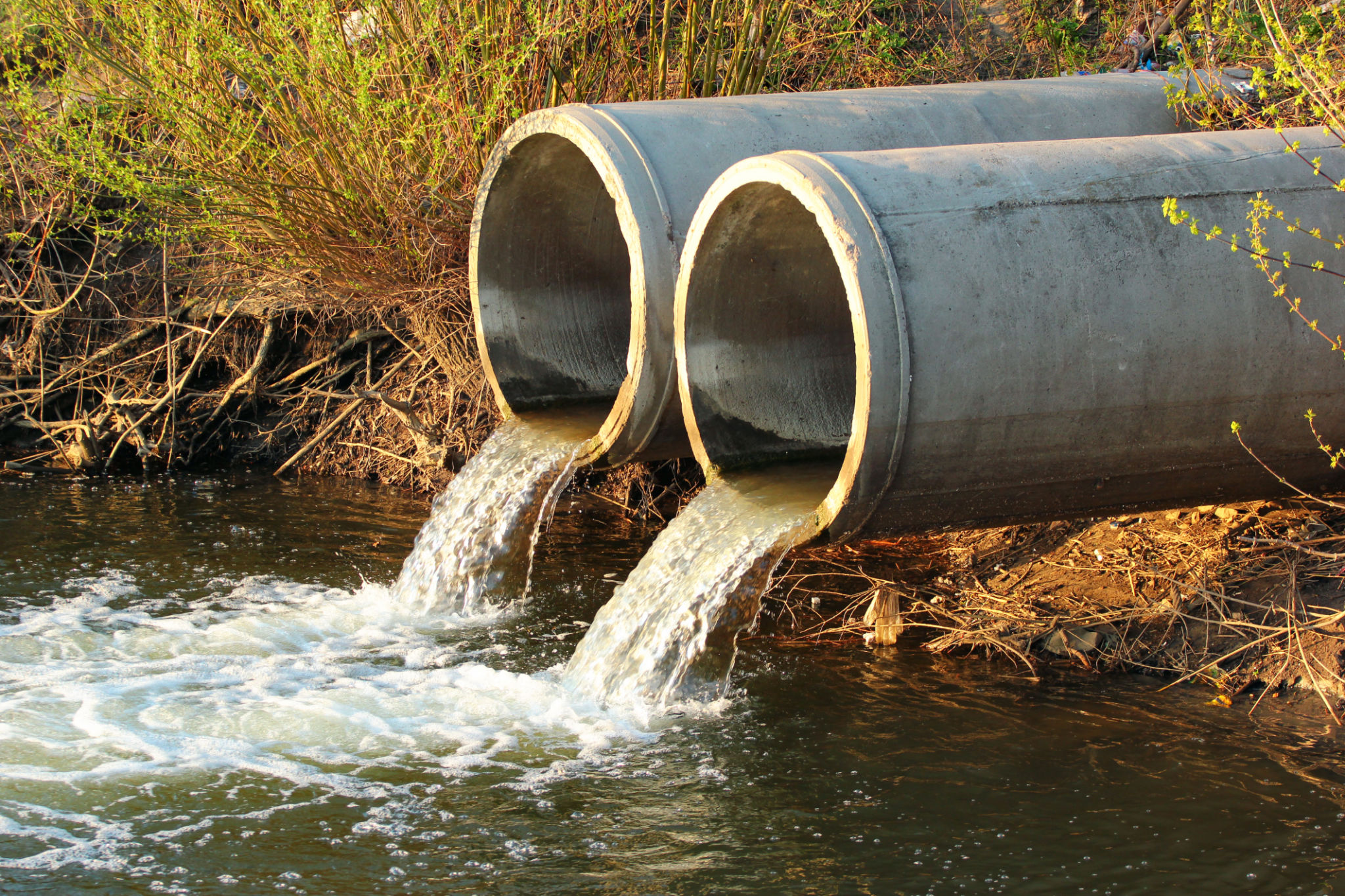Expert Tips for Maintaining Effective Drainage Systems in Montana
Understanding the Importance of Drainage Systems
In Montana, effective drainage systems are crucial due to the state’s diverse climate and varied terrain. From heavy snowfall in winter to spring thaws and summer storms, water management is essential to prevent damage to property and landscapes. Proper drainage not only protects structures but also helps maintain a healthy ecosystem by preventing erosion and waterlogging.
A well-maintained drainage system ensures that water is efficiently directed away from your property, reducing the risk of flooding and water damage. It also helps in preserving the integrity of roads and pavements, which are essential for safe transportation and access.

Regular Inspection and Maintenance
One of the most effective ways to maintain drainage systems is through regular inspection and maintenance. This involves checking for blockages, cracks, or any signs of wear and tear. Early detection of potential issues can save you from costly repairs down the line.
It is recommended to conduct inspections at least twice a year, preferably before the rainy season and after major storms. During these inspections, ensure that all drains and gutters are clear of debris such as leaves, dirt, and other obstructions. This will allow water to flow freely and prevent any overflow or backflow issues.
Implementing Proper Grading Techniques
Proper grading around your property is essential for directing water away from buildings and structures. The ground should slope away from the foundation at a minimum gradient to ensure effective water runoff. Inadequate grading can lead to water pooling around your home, increasing the risk of basement flooding and structural damage.
Consult with a professional landscaper or engineer to assess the grading around your property. They can provide expert advice on adjusting slopes and installing additional drainage solutions such as French drains or swales if necessary.

Utilizing Natural Solutions
Integrating natural solutions with traditional drainage methods can enhance the effectiveness of your system. Planting vegetation strategically can help absorb excess water and reduce soil erosion. Native plants are particularly beneficial as they are adapted to local conditions and require less maintenance.
Rain gardens are another excellent option for managing stormwater runoff. These shallow, planted depressions capture rainwater, allowing it to slowly infiltrate into the ground. This not only reduces runoff but also improves water quality by filtering pollutants.
Investing in Quality Drainage Products
When installing or upgrading drainage systems, it is essential to invest in high-quality materials. Durable pipes, grates, and other components will withstand Montana’s harsh weather conditions better and last longer than cheaper alternatives.
Consider materials like PVC or HDPE for pipes, as they offer excellent resistance to corrosion and impact. Quality grates should be selected based on load requirements, especially in areas with heavy traffic.

Seeking Professional Assistance
While some maintenance tasks can be carried out by homeowners, more complex issues require professional expertise. Hiring a certified drainage specialist ensures that your system is designed and maintained according to the highest standards.
A professional can provide tailored solutions based on your specific property needs, helping you avoid potential pitfalls and ensuring long-term system efficiency. Whether designing a new system or repairing an existing one, expert guidance is invaluable in maintaining effective drainage systems in Montana.